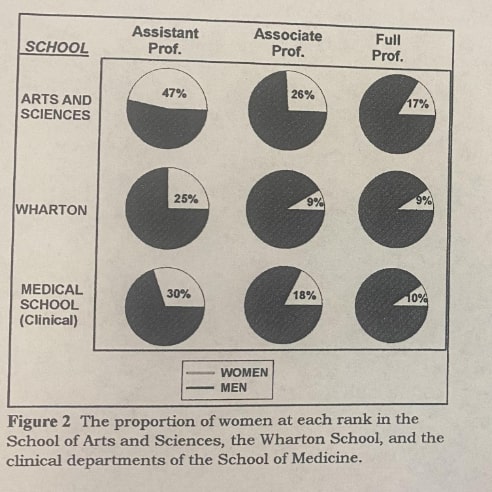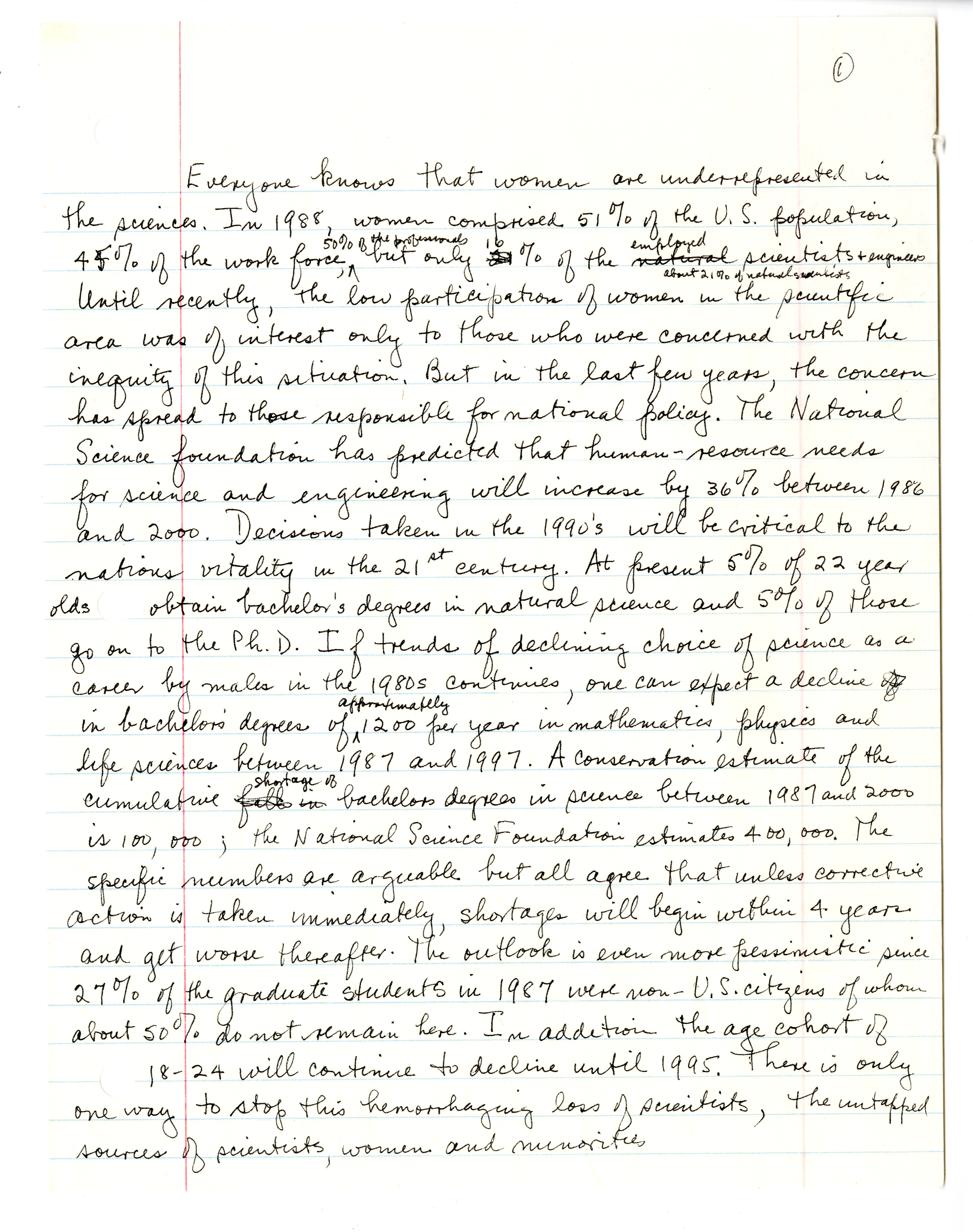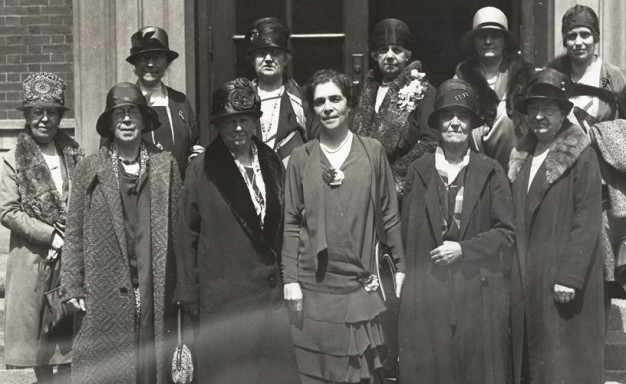Women in STEM: A National Crisis
“Florence Sabin and women educators at Barnard. Florence Rena Sabin Papers, Mss.B.SA12, LH-B-33. APS.”
When I was in third grade, I joined an afterschool program called “Girls in Science,” where we did experiments and learned about various scientific fields. When I applied for college, I noticed several scholarship opportunities for women hoping to obtain degrees in science, technology, engineering, and mathematics (STEM). I think that the movement towards actively recruiting women to STEM, both socially and institutionally, represents an interesting shift in how gender inequality in science has been combated over time.
Throughout my research at the American Philosophical Society, I noticed that some of the strategies for improving women’s access to science that were used in the early 20th century seemed to operate differently than those of the later 20th century. This change can be seen when comparing Florence Sabin’s activism in the 1920s and 30s to that of Mildred Cohn (APS 1972), which took place in the latter half of the 20th century.
Sabin became a physician in a time when women were just beginning to enter male dominated universities and research institutions. She was the first woman to become a full professor at Johns Hopkins (1917), an elected member of the Rockefeller Institute (1925), and a member of the National Academy of Sciences (1925). Sabin was dedicated to making institutional scientific spaces more accessible to women. She combatted the issue of inaccessibility by joining committees, such as the Naples Table Association for Promoting Scientific Research by Women, that existed to address gender inequality. The goals of these organizations, run mostly by women, was to independently create entry points for women interested in science to enter academia by providing financial resources and recommendations. In most cases, the method of feminist activism was providing aid to specific women to help them overcome the gender barriers posed by universities and labs.

Between 1978 and 2000, Mildred Cohn, a biochemist whose work paved the way for MRI technology, did research with various committees on the state of women in academia. Unsurprisingly, the results indicated significant inequality and underrepresentation. Cohn expanded the scope of conversations about discrimination in science. In a lecture, she notes the national necessity of including women in science given that the percentage of overall students pursuing STEM degrees was dropping below the expected demand for scientists. The urgency behind promoting equality in academia escalated as shortages of scientists loomed ahead. Several universities and the National Academy of Sciences all created committees to investigate gender inequality in academia. It was no longer only the responsibility of women’s organizations to propel women scientists through inhospitable institutions. Instead, the institutions themselves were being asked to reflect on how the addition of women to their faculties and student bodies may benefit both science and the vitality of the nation. Once women’s scientific labor became a necessary resource, institutional accountability for discriminatory policies was made possible.

This new activism expanded upon the work started by Sabin and her contemporaries. Cohn’s work generated a widespread recognition of the fact that gender discrimination in science is not just “women’s problem.” It is, and always has been, a barrier to intellectual growth that impacts everyone.

